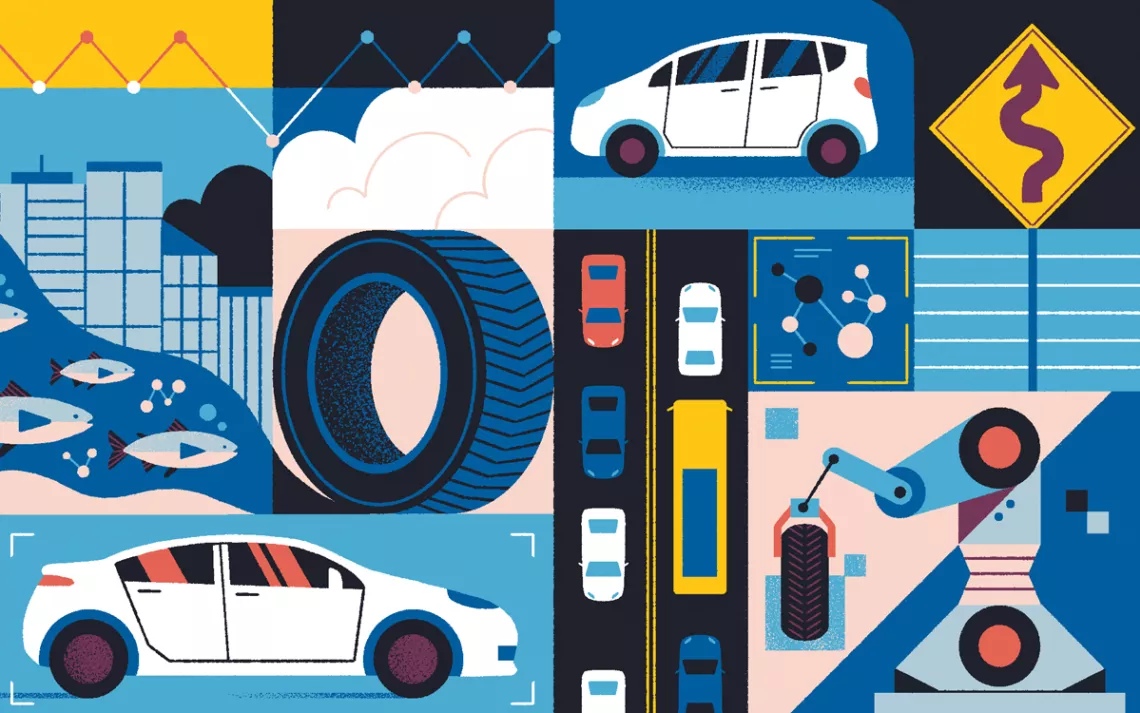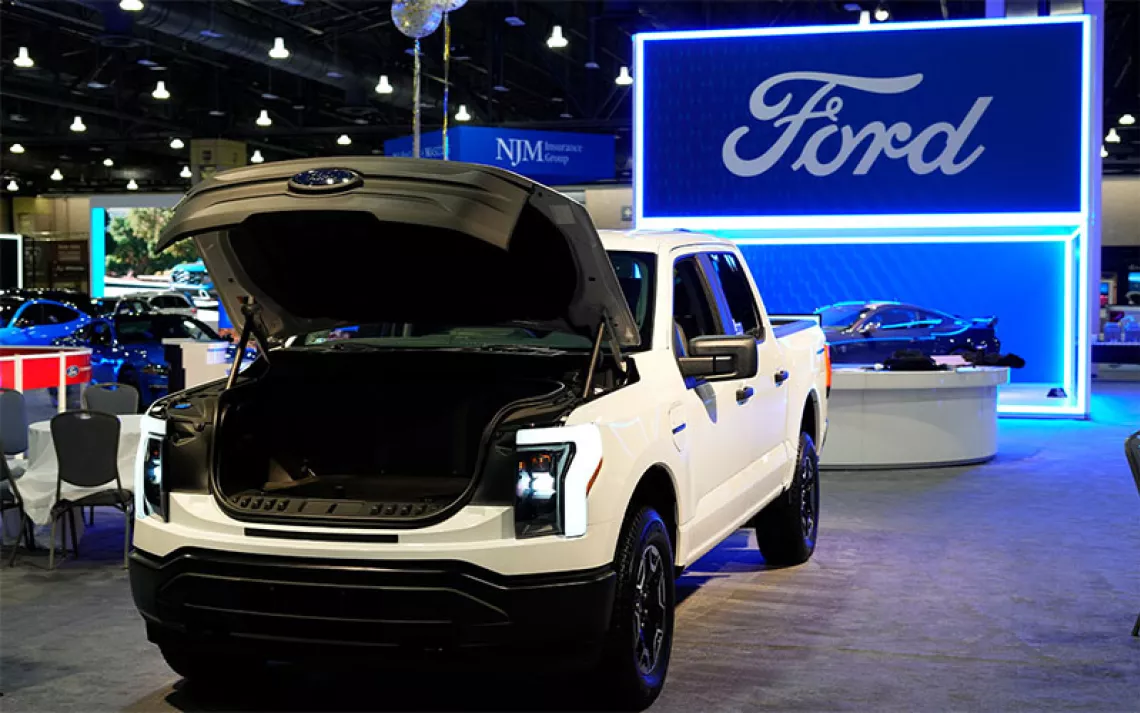Electrify Your Wheels: Here Are the Latest EVs for Bargain Hunters
There are more affordable EVs than ever before
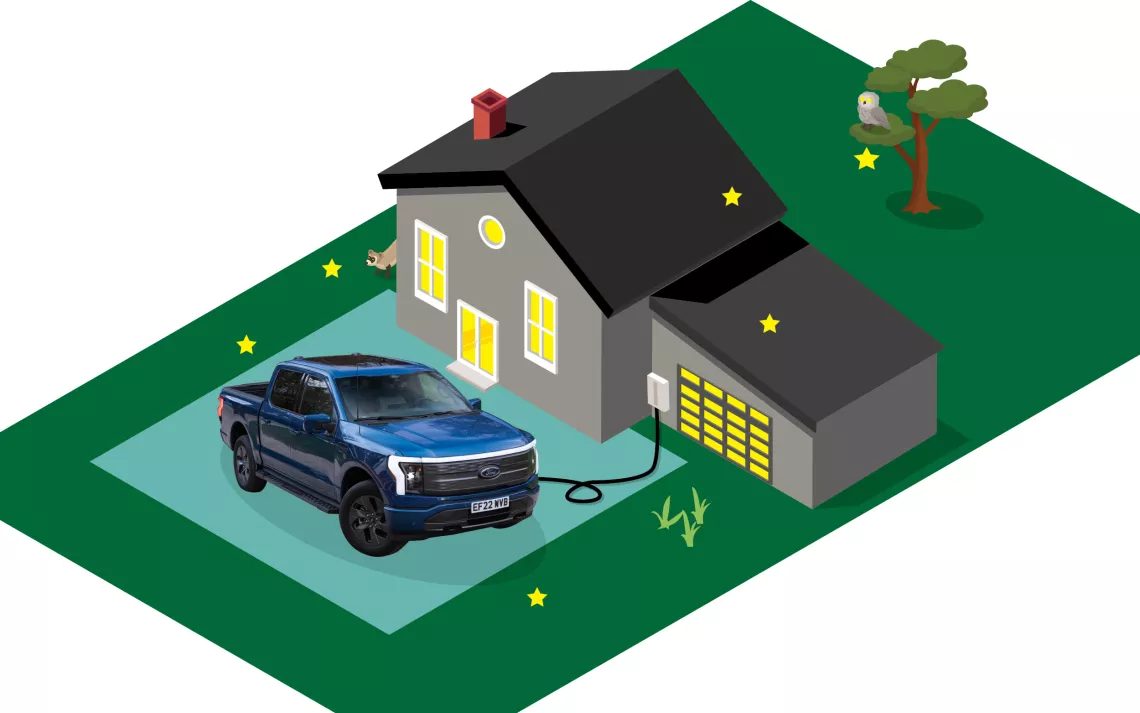
The urgency of climate change combined with the availability of generous federal and state rebates should make this the prime time for electric vehicles, but sales have been uneven. After EV purchases in the US increased by a torrid 47 percent in 2023—that’s 1.2 million sold—the momentum slowed. Sales advanced by only 3.3 percent in the first quarter of 2024 (but then went up by 23 percent in the second). Meanwhile, automakers have scaled back their plans for new models.
Many of us have hoped that the transition from tailpipes to batteries would be smoother and faster. But it’s hard to let go of a 125-year-old technology that transformed modern life, for good and for ill. Lots of folks circa 1900 were reluctant to give up the horse and buggy.
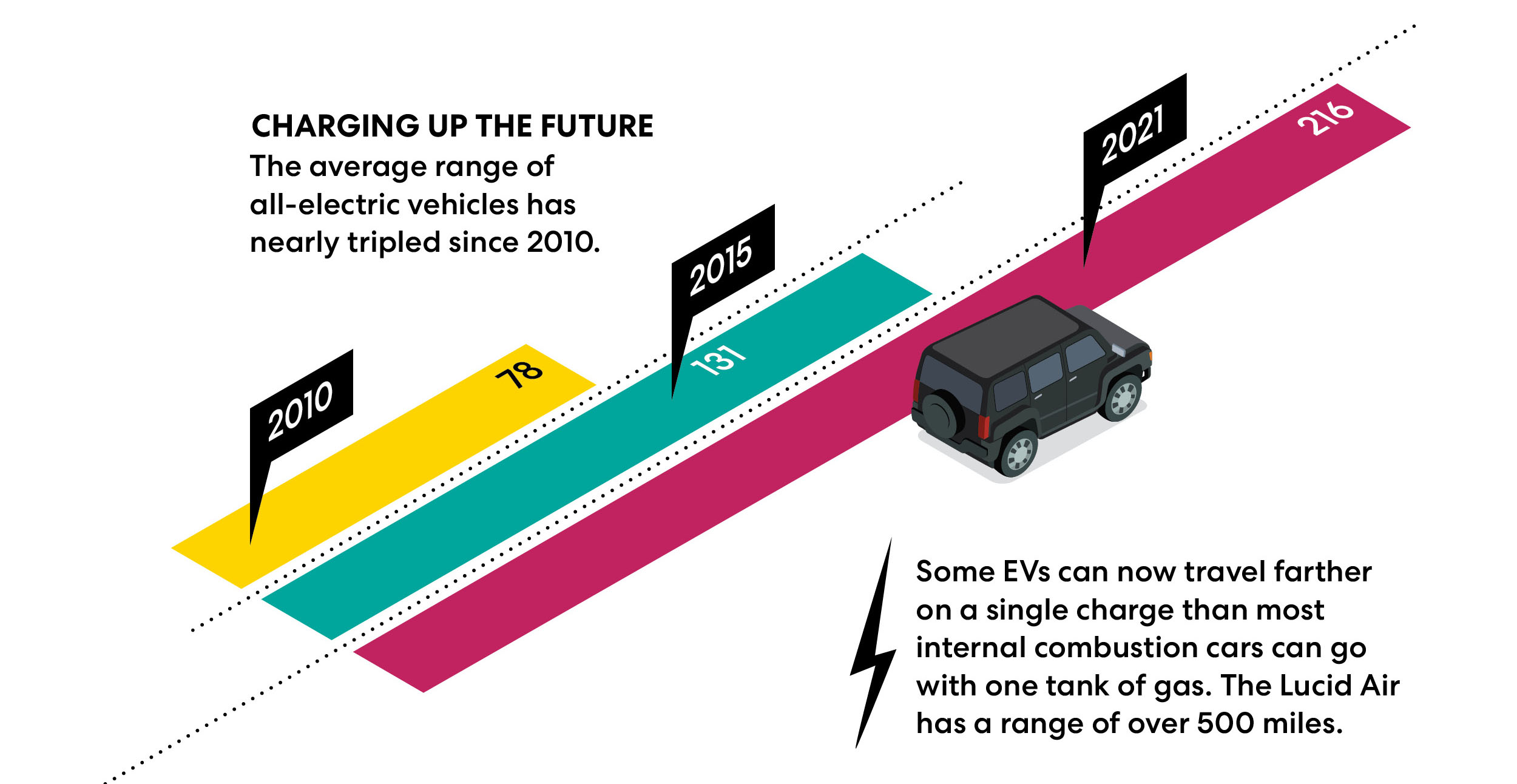
You can forgive consumers for their hesitation. Imagine you’re standing on the floor of a new car dealership, surrounded by the gas-guzzling SUVs and pickups that make up the majority of the car market today. Lo, over there in the corner is a lone electric car. Conventional tropes—they’re too expensive, their range is too short, and there aren’t enough public chargers—swirl in your head. You ask the salesperson about the EV. His response? “Oh, that, well, it’s not charged up. Now let’s look at this three-row Trailbuster.”
You don’t have to listen to the voice in your head. All those EV shortcomings are being addressed. Prices for EVs dropped by 13 percent between 2023 and 2024. New models regularly get 300 miles on a charge. And automakers are now universally adopting the Tesla charging standard, so any EV can plug into that company’s very reliable Supercharger network. The number of fast chargers grew by over 30 percent from April 2023 to April 2024. Charging times are way down too, to 30 minutes or less.
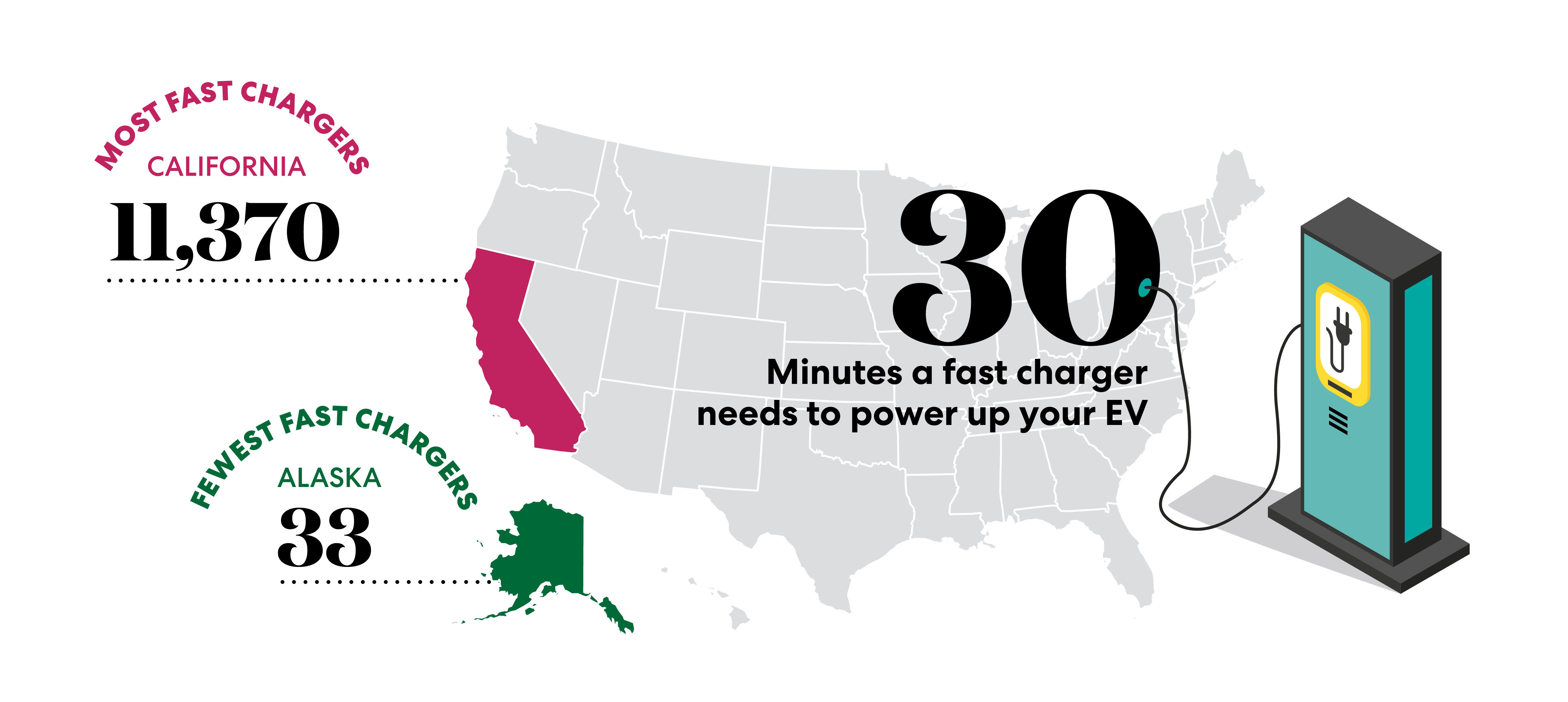
The long-term outlook for EVs is bright. AutoPacific estimates that US sales will grow from 2.5 million in 2026 to 4.1 million in 2029. That would be 25 percent of total sales. This is the shift into the mainstream we’ve been waiting for, thanks to lower prices and generous rebates. A federal tax credit for used EVs means you can buy a used Tesla Model 3 for under $20,000. You want an even cheaper car? Entry-level Chinese EVs will sell south of the border for as little as $21,000. They aren’t available for sale in the US, but the price pressure is on.
Pick the EV That's Right For You

Nissan Leaf
Range: 212 miles
$29,300

Mini Cooper
Range: 114 miles
$32,000

Chevy Bolt
Range: More than 260 miles
$30,000

Chevy Equinox SUV
Range: Up to 319 miles
$35,000
Pre-Owned EVs Are a Steal
Used EVs from 2010 to 2015 have low ranges—often less than 150 miles—but are inexpensive options if you have a short commute or don’t travel much. Relatively recent Nissan Leafs are selling for around $13,000. The Chevy Bolt will return next year and is expected to be an affordable option—some used models currently sell for much less than $20,000 after rebate.
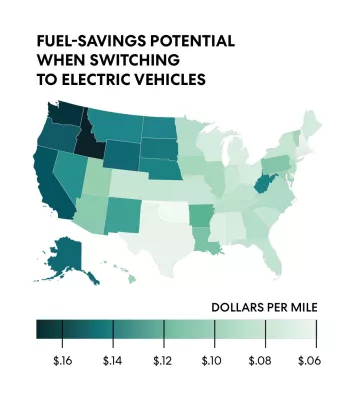
Catching Up With Gas Stations
According to the DOE’s Alternative Fuels Data Center, there were more than 68,000 public charging stations across the US last spring, with more than 190,000 individual ports. The federal Joint Office of Energy and Transportation says an additional 900 chargers are opening every week. Tesla operates over 2,000 Supercharger sites across the country, with more than 25,000 ports. EV advocates’ goal is to catch up to the nearly 145,000 retail gasoline outlets and to attain similar geographic ubiquity.
$7,500
That’s the federal tax credit (maximum) you may be eligible for when buying a qualifying EV. Credit can be transferred to the dealer, instantly lowering the vehicle’s cost. New this year: a credit up to $4,000 for a qualifying used EV.
Blackout Hero
An increasing number of EVs, like the Ford F-150 Lightning, can interact with your home to provide power in a blackout. With an extended-range battery and lots of juice—30 kilowatt-hours of consumption per day—the Lightning can keep an average home going for three days. Bidirectional EVs can also help pay for themselves by selling excess electrical charge back to the grid for use during peak times.
Most EV owners charge their cars at home, and that’s gotten easier with plug-and-play, internet-enabled Level 2 home chargers available at big-box retailers and online for as little as $300. (You will need to hire an electrician unless you have a 240-volt outlet.) These chargers work much faster than the ordinary 110-volt household outlets and deliver 10 to 20 miles of travel per hour of charge, compared with 110-volt’s two to five miles per charge hour. Charging remains more challenging for apartment dwellers, but retrofitting is happening, and many new buildings are now plug-in ready.
Eat My Electrons
People don’t usually think of EVs as performance champs, but even entry-level EVs accelerate quicker than their gas-powered counterparts. Seven of the world’s 25 fastest cars off the line have battery power trains—and two are hundreds of thousands of dollars cheaper than traditional super-cars. The 1,020-horsepower Tesla Model S Plaid can reach 60 miles per hour in 1.99 seconds, which the company says is “the quickest acceleration of any vehicle in production.” The Plaid starts at $88,000, compared with $433,750 for the somewhat less versatile Ferrari 812GTS, which takes 2.7 seconds to reach 60.
On the Assembly Line
What can we expect to see in the near future?
- Buick is bringing back the Electra name for the E5, which should be a less-expensive alternative to the Cadillac Lyriq.
- A fully electric Corvette is on the horizon.
- Chrysler is readying a crossover EV.
- Ford is planning a relatively small $25,000 EV.
- Honda has been slow to offer EVs, but in addition to its new Prologue model, it’s working on Afeela, an EV venture with Sony that puts heavy emphasis on the onboard infotainment.
- Jeep’s Wagoneer S will be fast, with 600 horsepower on tap.
- An electric Nissan Maxima will appear in 2025.
- Rivian’s SUV and pickup have been pricey, but the smaller R2 will start to turn that around, followed by the even smaller and cheaper R3 and R3X.
- Maybe Tesla will at last come out with a new edition of its super-sexy Roadster.
Scoot Scoot!
Short of an EV but more substantial than an e-bike, electric scooters are becoming ubiquitous, both as home purchases and as quick rentals. Simple platform examples are $1,000 or less. But moped-type scooters are also going upscale. For instance, Infinite Machine is offering its sleekly designed (there’s a glancing resemblance to the Tesla Cybertruck) sit-down Vespa-type P1, with 55 miles per hour highway capability and 60 miles on a charge for an eye-popping $10,000. Fear not, cheaper options abound.
 The Magazine of The Sierra Club
The Magazine of The Sierra Club


